Killer Instinct: The Toyota Camry's Positive Post-shutdown Pandemic Performance in a Segment That's Still Dying a Little Bit on the Inside
The Toyota Camry may well go down as one of the ultimate soldiers in the American automotive marketplace: shooting straight despite distractions, marching forward undeterred by the terrain, somehow finding small victories when the losses are mounting, always ready to carry new recruits on its shoulders.
Somehow, amidst all of the recent economic turmoil and political unrest, and healthcare crises, the Toyota Camry’s U.S. sales trendline is outperforming the market at large while also embarrassing its direct rivals.
In one sense, the Camry’s just doing what the Camry’s always done. Winning.
In another sense, the Camry’s doing the unexpected. It’s winning at a point in time when everyone else seems to be losing, at least to some degree, and it’s winning in a major way just as its specific category approaches an inflection point. Is the midsize sedan segment, broadly speaking, on its last legs? Or is a post-shutdown pandemic performance like the Camry’s indicative of a midsize-sedan segment that’s finally set to round the corner?
It’s true that in a number of ways there’s nothing to see here. “The Toyota Camry Sells Well” is a true dog-bites-man event, a headline hardly deserving of front-page-above-the-fold placement.
The facts are easy to rhyme off. For example: with a steady fourth-quarter, Toyota is on track in 2020 to sell more than 280,000 Camrys for a 29th consecutive year. (204,945 Camrys were sold through the first nine months of 2020.)
Or try this one: if the midsize Toyota can hold onto its (admittedly slim) lead over the No.2 Honda Civic, 2020 is set to be the Camry’s 19th consecutive year as America’s best-selling car.
Another typical Camry fact: It’s recovering fast. No matter the nature of evolving consumer tastes, there always seems to be a market for Camrys when Toyota really wants there to be. Think back to 2012, a year after the Tōhoku earthquake wreaked havoc on global capacity at both Honda and Toyota. Camry sales jumped 31 percent, greatly outpacing the market’s continued post-recession recovery. Fast forward to September 2020 and witness the Camry following up six consecutive monthly decreases with a 22-percent year-over-year increase in U.S. volume.
Interesting results, to be fair, but not exactly newsmakers.
Yet this time, there’s a difference. As we near the end of 2020, the oft-critiqued but always-respected Camry earns its plaudits out of relativity.
Here are the key facts for comparison: Camry sales were down just 4 percent in the third quarter of 2020, a virtual increase given the industry’s 9-percent year-over-year downturn. The Camry’s modest decline occurred while new favorites such as the Honda CR-V, Chevrolet Equinox, Hyundai Tucson, Kia Sorento, Subaru Outback slid 5, 15, 10, 10, and 6 percent, respectively.
The Camry’s 79,046-unit Q3 total outpaced the January-August top seller, Honda’s Civic, by an 8-percent margin. And the Camry’s ability to hang on to 96 percent of its prior-year sales pace was of huge consequence to a Toyota car division that (Camry aside) combined to lose 36,592 sales over the course of three months.
But here’s the real kicker. The Camry is absolutely throttling its closest rivals. A year ago, in the third quarter of 2019, the Toyota Camry owned 24 percent of America’s intermediate sedan market. This year, over the last three months in which the auto industry made real moves toward recovery, Camry market share shot up to 28 percent.
Collectively, the Camry’s rivals reported a 23-percent year-over-year decrease in Q3, nearly six times worse than the Camry. While the Camry averaged monthly losses of around 1,100 units between July and September, the Honda Accord lost 6,163 sales per month and the Nissan Altima lost 7,719 sales per month. A year ago, the Camry’s Q3 lead over its closest challenger, the Accord, was a solid 10 percent. This year, the Q3 Camry/Accord spread quadrupled.
Sure, there are midsize contenders that actually sold more often over the last three months than they did a year ago: the re-engineered Hyundai Sonata and the lightly revamped Volkswagen Passat. But those two cars are a shadow of their former selves, combining for roughly as many sales over the course of the third-quarter (28,926) as the Camry managed in September alone (28,362).
None of this is meant to suggest that the Camry isn’t returning from battle bruised; even wounded. 2019 volume fell for a fourth consecutive year; 2020’s outcome for America’s long-time best-selling midsize car is almost certainly going to be worse. Indeed, at the current rate, annual Camry volume is still likely to fall to the lowest level since the very early 90s.
The Camry is nevertheless separating itself from the pack. Toyota is drawing a line in the sand, isolating the Camry from midsize sedans that risk extinction. The Camry increasingly proves capable of picking up what midsize scraps remain. Don’t forget, only five years ago, the Camry owned “just” 18 percent of the midsize market, a far cry from the 28 percent gleaned last quarter.
Now we’re left to wonder how long it will be before the Camry, an expert marksman, peers through its scope with an eye on turning that 28 percent into 38 percent.
Timothy Cain is a contributing analyst at The Truth About Cars and Driving.ca and the founder and former editor of GoodCarBadCar.net. Follow on Twitter @timcaincars and Instagram.
More by Timothy Cain
Latest Car Reviews
Read moreLatest Product Reviews
Read moreRecent Comments
- ToolGuy This thing here is interesting.For example, I can select "Historical" and "EV stock" and "Cars" and "USA" and see how many BEVs and PHEVs were on U.S. roads from 2010 to 2023."EV stock share" is also interesting. Or perhaps you prefer "EV sales share".If you are in the U.S., whatever you do, do not select "World" in the 'Region' dropdown. It might blow your small insular mind. 😉
- ToolGuy This podcast was pretty interesting. I listened to it this morning, and now I am commenting. Listened to the podcast, now commenting on the podcast. See how this works? LOL.
- VoGhost If you want this to succeed, enlarge the battery and make the vehicle in Spartanburg so you buyers get the $7,500 discount.
- Jeff Look at the the 65 and 66 Pontiacs some of the most beautiful and well made Pontiacs. 66 Olds Toronado and 67 Cadillac Eldorado were beautiful as well. Mercury had some really nice looking cars during the 60s as well. The 69 thru 72 Grand Prix were nice along with the first generation of Monte Carlo 70 thru 72. Midsize GM cars were nice as well.The 69s were still good but the cheapening started in 68. Even the 70s GMs were good but fit and finish took a dive especially the interiors with more plastics and more shared interiors.
- Proud2BUnion I typically recommend that no matter what make or model you purchase used, just assure that is HAS a prior salvage/rebuilt title. Best "Bang for your buck"!

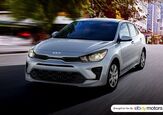

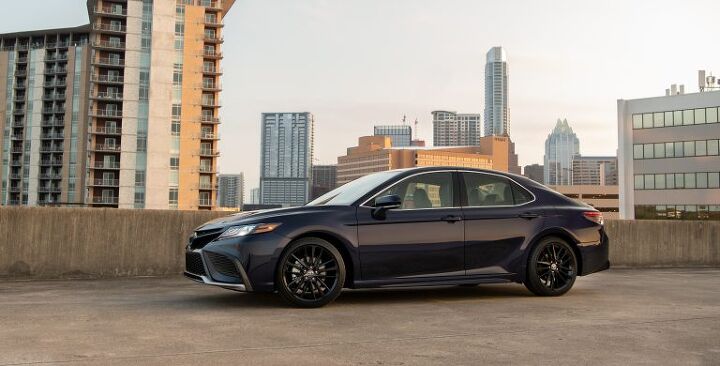















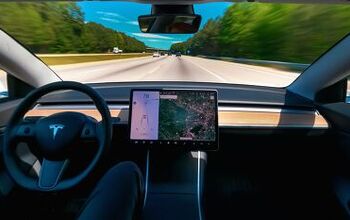
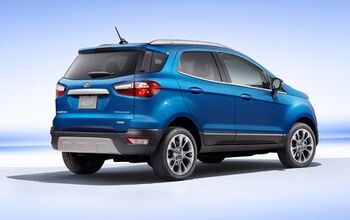
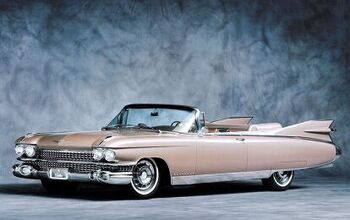

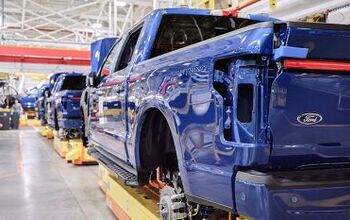

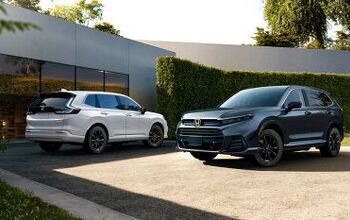

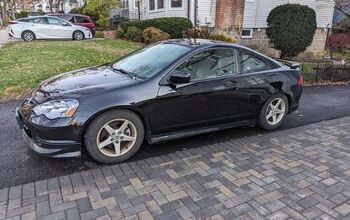

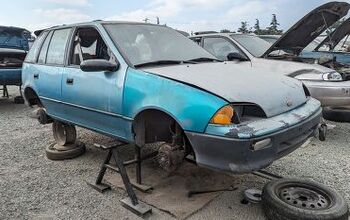


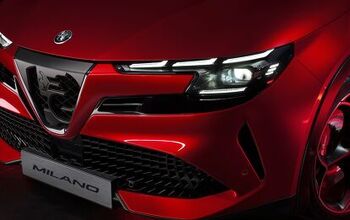
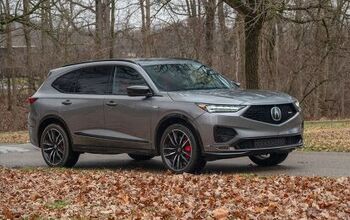
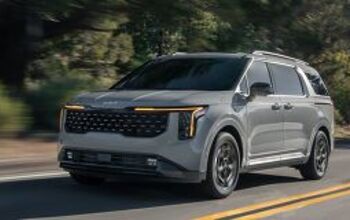


Comments
Join the conversation
Great Summary Johnster NA ice engines with great power/displacement and multispeed ATs. What's not to like
I know everyone loves to hate on the Camry using tired old 2003 tropes about the colour beige, but it is a great car. The entire midsize segment is better than it has ever been right now actually, which is a shame because people are still fleeing to the amorphous blob crossovers, but I digress. The great thing about the Camry is they offer something like 13 variants now. They forked the car into 2 distinct styling/handling profiles (LE/XLEs that have soft springs and the more traditional look, SE/XSE that have sporty looks and tighter suspension and handling). Then they have 3 powertrain options, ultra efficient 4 cyl, super ultra efficient hybrid, and the last V6 in the segment (unless you include the Maxima as a midsize). They also now offer two drivetrain setups, FWD and AWD. They are also one of the few still selling a lineup of non-turbo engines, for all the people that don’t want to deal with the potential headaches those can cause. They cover every angle of the sedan market for the people that actually still want sedans. Add in all the options leaving the market, Toyota is happy to welcome those that are still holding out of a CUV. The customer that would have bought a Buick Century in 2004 can get a Camry LE. The customer that would have wanted a Grand Prix GXP/GTP in 2010 can get a Camry TRD. They ride great, look pretty good, never break, last forever, and still bring in decent money whenever it is time to sell or trade. Can’t go wrong.